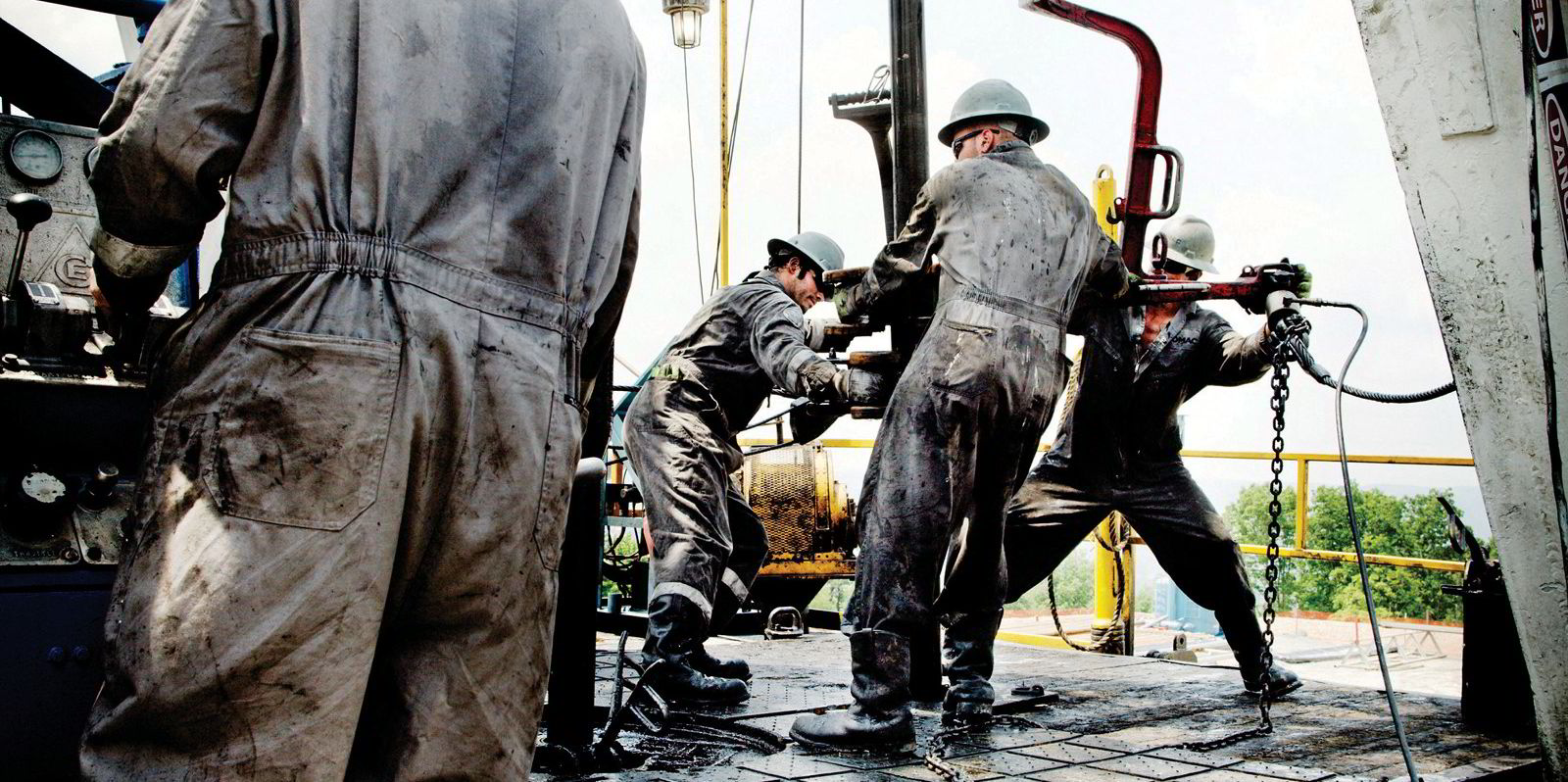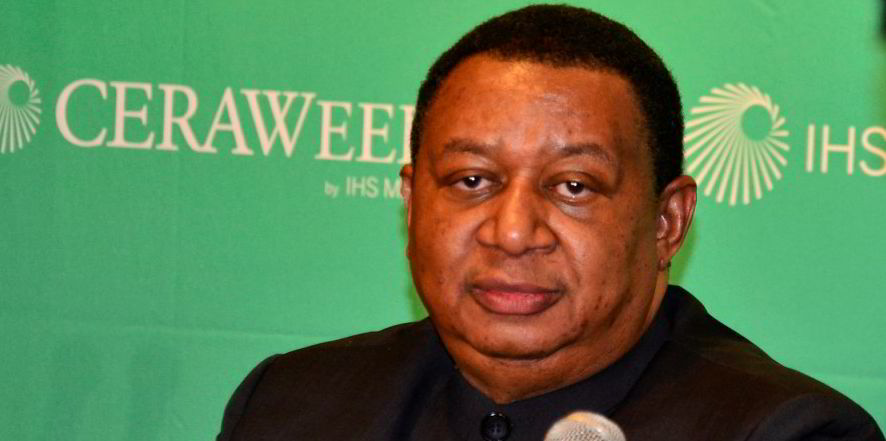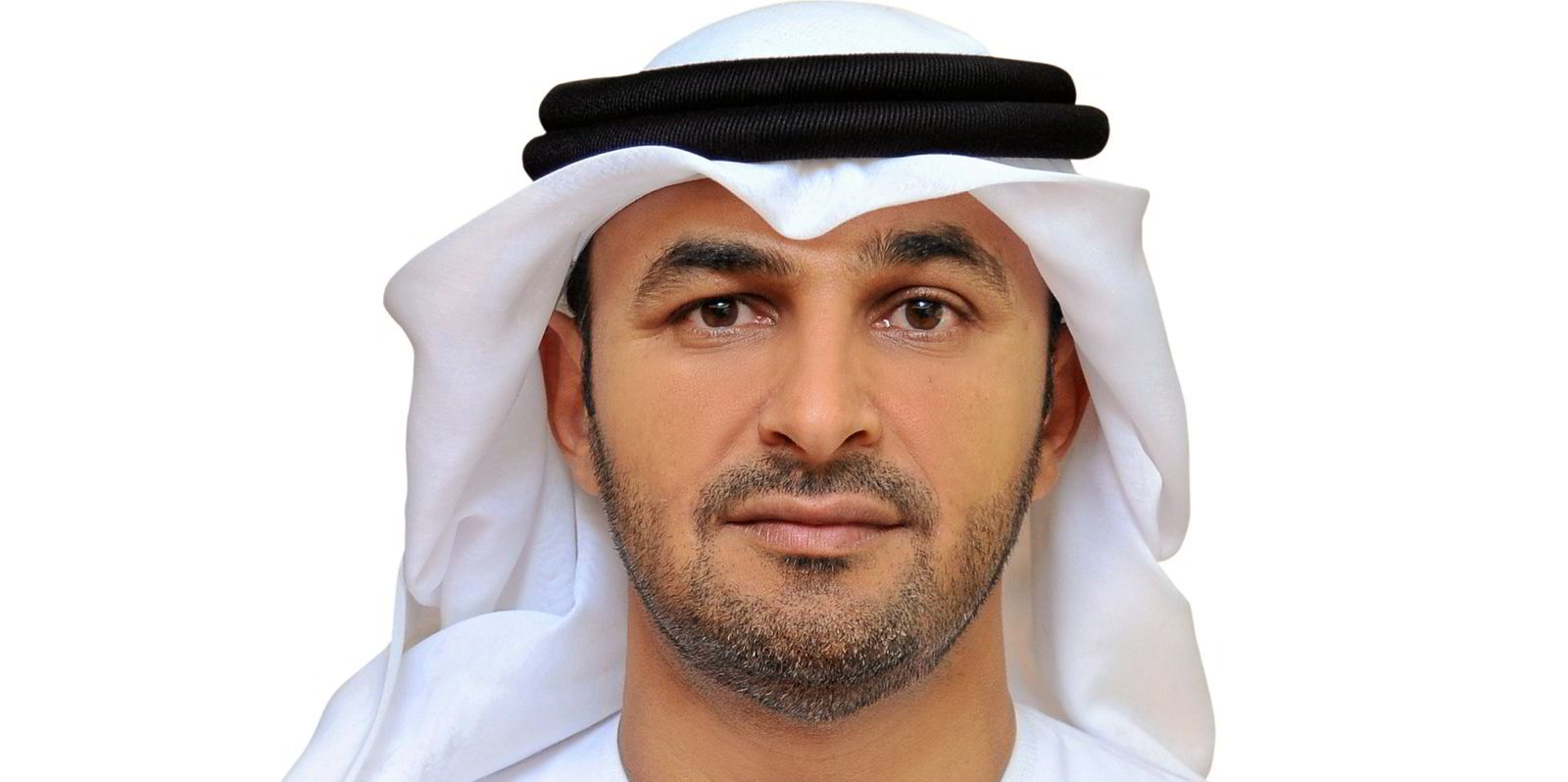The prospect of a rebound for US shale oil production could be an enticing one for tanker owners, but may not be without its complications, Gibson Shipbrokers has warned.
The UK shop said despite recent cold weather in Texas disrupting oil and gas production, a comeback in shale output may already be on the cards.
This is due to the increasingly bullish fundamentals of the global oil market, Gibson said.
Investment bank Goldman Sachs has revised its price forecast up to about $72 per barrel for West Texas crude and $75 per barrel for Brent by the third quarter, against numbers firmly above $60 now.
According to Bloomberg, US shale has estimated break-even levels in the region of $35 to $45 per barrel due to improved capital structures and continued efficiency gains in the sector.
Production is also relatively easier to bring back online in response to price swings than traditional oil extraction.
Interest piqued?
"Current margins in the region of at least $15 to $25 per barrel will pique the interest of suffering producers as the short-term disruption in Texas subsides," said Gibson.
This is a contrast to December, when US shale producers were expected to keep output low in a weak oil price environment, analysts said at the time.
The two potential brakes on an output hike are the sector's ability to raise fresh capital and the level of support of the new US administration.
But the shipbroker said: "The prospect of higher US crude volumes would provide another glimmer of hope for crude tankers struggling in a protractedly sluggish market.
"Assuming renewed oil demand post Covid-19, higher US crude exports would provide further stimulus on dirty routes loading in the US Gulf."
Opec+ watchful
But Opec and its Russia-led allies in Opec+ will be wary of higher prices encouraging more US exports.
The group is set for a key meeting on Thursday to decide on a reversal of cuts.
"Many members in the group will be keen to obtain increased production quotas ... which, subject to the volumes granted, will have implications for oil prices," Gibson said.
However, the group may be forced to consider cuts again when shale production grows.
Additionally, Joe Biden's election as president could mean a return to the market for Iranian crude this year or early in 2022, Gibson said.
"Venezuela could also make a limited comeback if the US administration allows crude for product swaps to resume on humanitarian grounds," the broker added.
The decisions made by Opec+ will set the tone for oil output and tanker demand for the balance of 2021 and beyond, Gibson believes.
VLCC spot rates steady
VLCC spot rates were relatively steady at $4,200 per day on Monday, according to Clarksons Platou Securities.
Earnings have been helped by a slight easing of bunker prices.
"Activity remains slow with day 15 of the Chinese New Year meaning that parts of Asia are off today due to various holidays," the investment bank said.
Brokers said rates will probably stay flat for now as all eyes are on the outcome of the Opec+ meeting.








